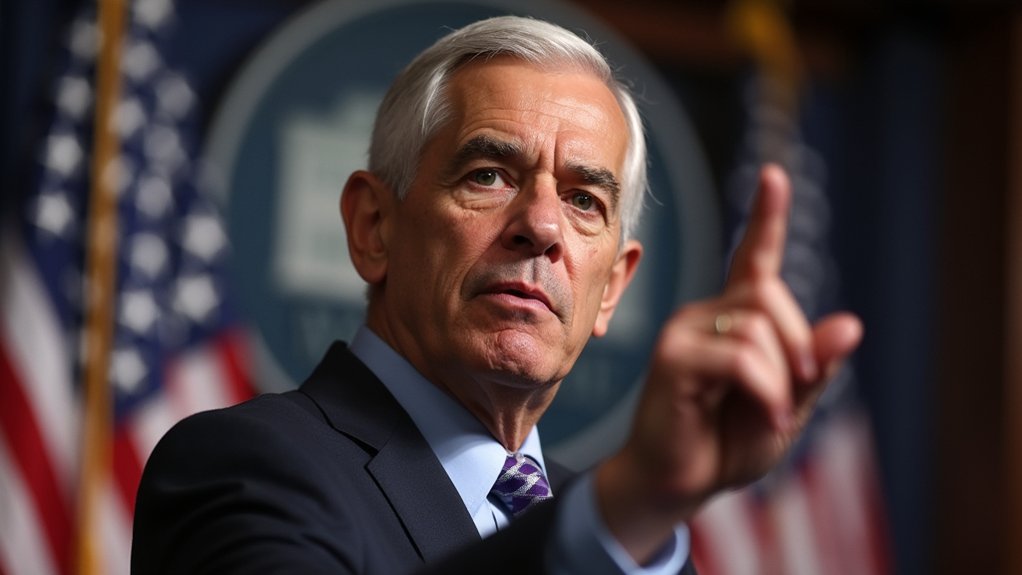JPMorgan’s blockchain unit, Kinexys, has commenced what might charitably be called an ambitious rescue mission for the carbon credit market—partnering with S&P Global Commodity Insights, EcoRegistry, and the International Carbon Registry to digitize and tokenize carbon credits through blockchain technology.
The collaboration addresses a market plagued by inefficiencies that would make even the most dysfunctional derivatives trading floor blush. Carbon credits, representing one metric ton of CO2 avoided or removed through projects like reforestation or renewable energy initiatives, have traditionally suffered from tracking mechanisms so inconsistent they’d make a carnival shell game appear transparent.
Carbon credit tracking systems have historically exhibited all the reliability and transparency of a three-card Monte operation on a moving subway car.
The pilot project creates blockchain-based tokens directly linked to carbon credits from partnering registries, capturing the entire lifecycle from issuance to retirement—presumably preventing the embarrassing double-counting incidents that have haunted previous tokenization attempts.
The technological approach promises real-time ownership transfers and enhanced liquidity (because nothing says “environmental progress” quite like frictionless asset trading). S&P Global Commodity Insights provides the Environmental Registry platform supporting tracking and validation, while the blockchain infrastructure aims to overcome market fragmentation through improved interoperability among registries.
Market participants have long grappled with opacity that would make offshore banking jurisdictions envious. Traditional systems lack standardization, creating operational bottlenecks and eroding trust among participants—hardly ideal conditions for scaling climate solutions.
The blockchain ledger ostensibly provides tamper-proof transparency, addressing concerns about retired credits mysteriously continuing to trade. JPMorgan positions this initiative as foundational infrastructure development for maturing the carbon asset class, warning against market stagnation and demand erosion.
The bank’s urgency reflects recognition that voluntary carbon markets require technological sophistication matching their environmental ambitions. The pilot tests integration compatibility with established registries, ensuring the blockchain solution doesn’t simply create another isolated system. Recent analysis suggests carbon credits are nearing maturity with technological advancements, though supporting infrastructure improvements remain critical for market growth.
Success depends on whether tokenization can genuinely restore market confidence while maintaining regulatory compliance—a delicate balance requiring both technological innovation and institutional credibility. JPMorgan’s ambition to become the preferred carbon bank positions the firm at the center of this market transformation effort.
Whether blockchain can transform carbon markets from their current state of well-intentioned chaos into efficient climate finance mechanisms remains an open question, though JPMorgan’s involvement suggests the experiment merits serious attention. The initiative essentially creates a peer-to-peer carbon credit trading system that eliminates traditional intermediaries, potentially reducing transaction costs and settlement times for market participants.





